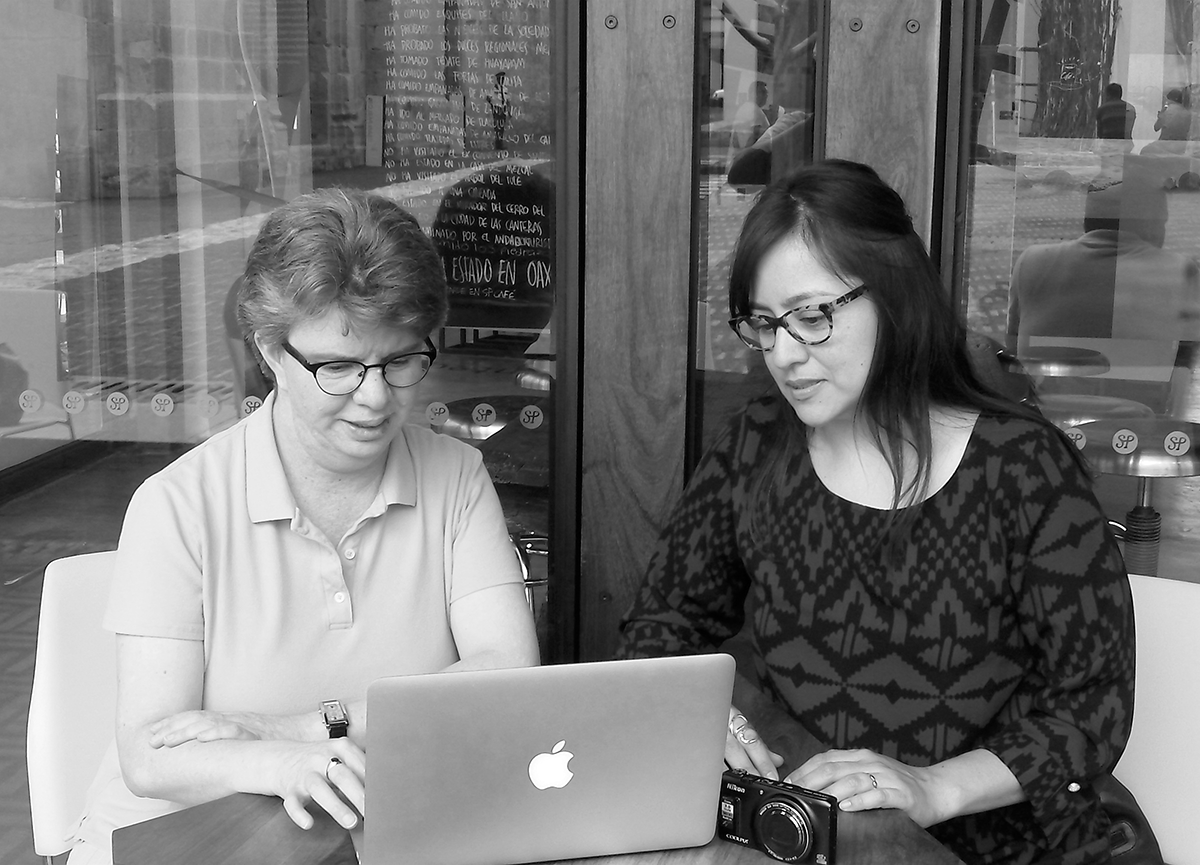
by Sonia De La Cruz, Adjunct Instructor, UO School of Journalism and Communication
The documentary Agents of Change: A Legacy of Feminist Research, Teaching and Activism at the University of Oregon (2013) recounts the struggles of women scholars, students, and leaders who fought to institute the Center for the Study of Women in Society (CSWS) on campus. This intricate story is told in the voices and from the perspective of the individuals who over the last forty years have been involved with CSWS—and whose commitment to equality helped broaden the dominant narrative of scholarship into a more diverse and inclusive vision of knowledge and education, including the establishment of the Department of Women’s and Gender Studies, as well as interdisciplinary feminist research and interest groups, numerous conferences, and feminist activities at UO.
Piecing together the story of a center that has been in existence for over four decades was not an easy undertaking. For that reason, this documentary was made in the spirit of collaboration, where during the pre-production of the film, CSWS leadership and staff helped identify key individuals, stories, and events important to the history of the center. One such person whose story was crucial to address was Jane Grant, a writer and journalist who cofounded The New Yorker magazine, and in whose name husband William Harris committed a posthumous endowment that made it possible to formally establish and institutionalize CSWS at UO. Other key figures interviewed for the film included some of the founders of the center, faculty members who contributed to and led the center over the years, and graduate students who received grants from CSWS to expand their research. In addition to the interviews, a good deal of archival research of video, photographs, newspaper articles, and other documentation was also carried out to piece together the history of the center.
The production of the film, that is, developing a storyline, as well as filming and conducting the interviews, was a joint effort between Gabriela Martínez and me. We shared the responsibility of producing the film and as coproducers had many discussions about the narrative and overall aesthetic of the film, which included making the decision to construct the story across a historical timeline to highlight some of the struggles and accomplishments of the center. Taking a chronological approach allowed us to make sense of how deeply connected the advancement of the center was in relation to the broader issues taking place within the feminist movement of the 1960s and beyond—and to show how many individuals involved in the establishment of CSWS had to face similar issues affecting many women across the country, such as gender bias and discrimination.
The process of “cutting the film,” or editing, was no easy feat. As editor of the documentary, I found it daunting to distill forty years of history into a 52-minute film, especially since we had well over twenty hours of primary video footage, plus an additional six hours of secondary video, to edit together. The editing process involved watching many hours of raw video footage to identify essential moments of dialogue to weave the narrative together; it also meant creating visual bridges to move the narrative of the film across time, and collaborating with the CSWS leadership and staff to more clearly understand the personal and collective perspectives that were part of establishing and growing CSWS.
I spent a few months editing the film into a manageable and time-sensitive rough cut that was later screened for feedback to some of those involved in the project. After the viewing of the rough cut, I spent a few more months cutting the film into a final 52-minute piece for public screening at the CSWS 40th Anniversary Celebration. From start to finish, the documentary took about fourteen months to complete.
On a personal note, the collaborative process of making the film was a truly enriching experience. Having the support and participation of the CSWS leadership and staff, which allowed us to speak with and attain direct feedback from those individuals who have been and continue to be involved with the center, helped me to clearly understand the history of the center and to connect more deeply with the project. Also, as a woman of color and as filmmaker coproducing and editing the documentary, I appreciated working on a film that allowed me to hear and learn from women who are game changers—and who continue to forge a better path for future generations of women scholars and leaders. To me, this film serves as recognition to the many advancements of women in society; but at the same time, it is also a sobering reminder that there still remains much to be done in the pursuit of feminist ideals, within and outside of academia. It is my hope that this documentary offers an insight into the hard work and dedication of women in academia, perhaps motivating future generations of women to be agents of change.
—Sonia De La Cruz finished her PhD in June 2014 and now teaches as an adjunct instructor in the UO School of Journalism and Communication.

